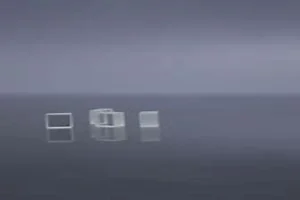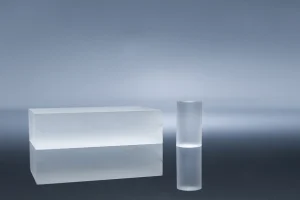Introduction
In the realm of optical materials, Nd:GGG crystals have emerged as a significant player. These crystals, doped with neodymium ions, offer a unique combination of properties that make them invaluable in various laser systems. In this article, we delve deep into the properties and applications of Nd:GGG crystals, providing a comprehensive overview for those keen on understanding this remarkable material.
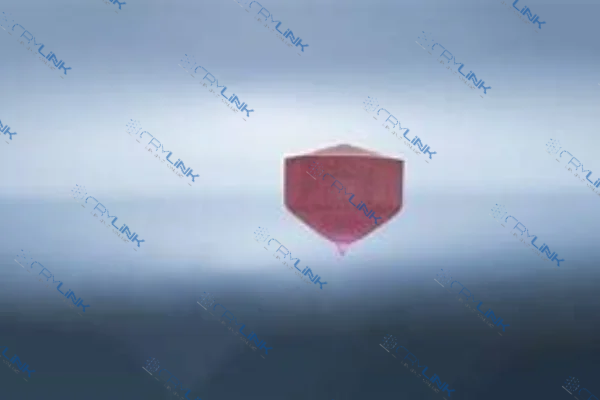
Crystal Structure of Nd:GGG
Neodymium-doped Gadolinium Gallium Garnet, commonly referred to as Nd:GGG, is not just another crystalline material. It’s a marvel in the world of optical materials, boasting a lineage that traces back to the renowned garnet group. The uniqueness of Nd:GGG is immediately evident in its complex 3D framework. This isn’t a mere structural formation; it’s a labyrinth where each turn and twist has a purpose. Within this maze, neodymium ions, represented as Nd^3+, find their way in, not by chance, but by a deliberate and meticulous process known as doping.
Doping, in the context of Nd:GGG, is akin to a master artist carefully placing strokes on a canvas. Each ion placement is strategic, ensuring that the overall masterpiece – the crystal – remains robust and intact. But there’s more to it than just structural integrity.
The introduction of neodymium ions imparts the crystal with unique properties that are hard to find in other materials. It’s a delicate act of balance, where the structural needs of the crystal are harmoniously aligned with the functional benefits of neodymium.
Now, while the structure is pivotal, the real magic lies in the concentration of the dopant. Imagine a chef preparing a dish. The ingredients are essential, but it’s the proportion of each ingredient that determines the flavor and appeal of the dish. Similarly, the specific amount of neodymium ions that are infused into the GGG lattice plays a monumental role in defining the crystal’s optical attributes.
While concentrations typically hover between 0.5% and 3%, even a slight variation within this range can dramatically alter the crystal’s performance. A richer concentration, for instance, can bolster the crystal’s ability to absorb and emit, making it a powerhouse in its domain.
This ability to modulate the dopant concentration is not just a scientific curiosity; it has profound real-world implications. In the realm of lasers, where precision and efficiency are not just desired but essential, Nd:GGG crystals with enhanced absorption and emission characteristics can be game-changers. Think of high-powered lasers used in industrial settings for cutting and welding, or the precision lasers employed in medical procedures. The performance of these lasers can be significantly augmented by leveraging the right concentration of Nd^3+ ions in the Nd:GGG crystals.
Furthermore, the versatility of Nd:GGG doesn’t end with lasers. Its adaptability, stemming from the adjustable dopant concentration, means that it can be customized for a plethora of applications. Whether it’s for advanced research equipment probing the mysteries of the universe or communication devices transmitting data at the speed of light, Nd:GGG stands tall as the material of choice.
In wrapping up, it’s evident that Nd:GGG is more than just a crystalline material. It’s a symphony of structure and function, where each note, each ion, plays its part to perfection.
The intricate dance between the crystal’s 3D framework and the neodymium ions, coupled with the ability to fine-tune the dopant concentration, makes Nd:GGG an unparalleled asset in the world of advanced optical systems. As technology continues to advance, the role of materials like Nd:GGG will only become more pronounced, driving innovations and shaping the future.
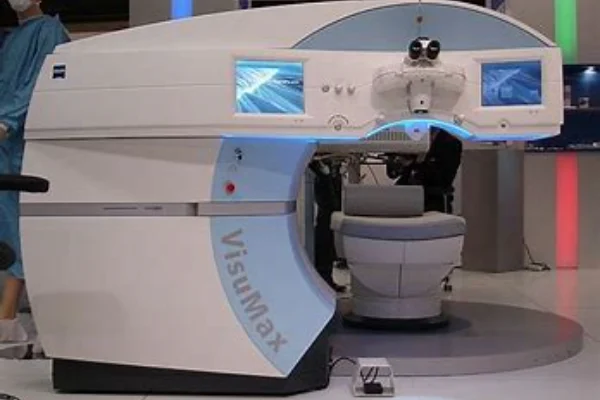
Key Optical Characteristics
The optical characteristics of Nd:GGG crystals are central to their functionality and application in various laser systems. One of the defining features of these crystals is their strong absorption spectrum in the near-infrared region. This absorption spectrum is particularly significant as it makes Nd:GGG crystals suitable for diode-pumped solid-state lasers, a technology that has revolutionized the field of laser physics. The ability to absorb light efficiently in the near-infrared region ensures that the crystals can be excited with precision, leading to controlled emission.
Upon excitation, Nd:GGG crystals emit light in the 1.06 µm range. This emission spectrum is ideal for many laser applications, especially in medical and industrial settings. The specific wavelength of 1.06 µm has been found to be highly effective in procedures such as surgical cutting, welding, and engraving. The consistency of this emission spectrum across different Nd:GGG crystals ensures that they can be used interchangeably in various systems without significant adjustments.
Another vital optical characteristic of Nd:GGG crystals is their refractive index, which is higher than that of many other laser materials. The refractive index is a measure of how much light is bent or refracted when entering a material. A higher refractive index in Nd:GGG crystals ensures minimal light scattering, leading to a more focused and intense laser beam. This property is crucial in applications where precision and intensity are paramount, such as in medical surgeries where the laser must be directed with extreme accuracy.
In summary, the key optical characteristics of Nd:GGG crystals, including their absorption spectrum, emission spectrum, and refractive index, collectively contribute to their effectiveness and versatility in various laser applications. Their ability to absorb light in the near-infrared region, emit at a specific wavelength, and maintain a high refractive index sets them apart as a preferred material in the field of laser technology. These properties not only define the functionality of Nd:GGG crystals but also broaden their applicability across different domains, making them an indispensable asset in modern optical systems.
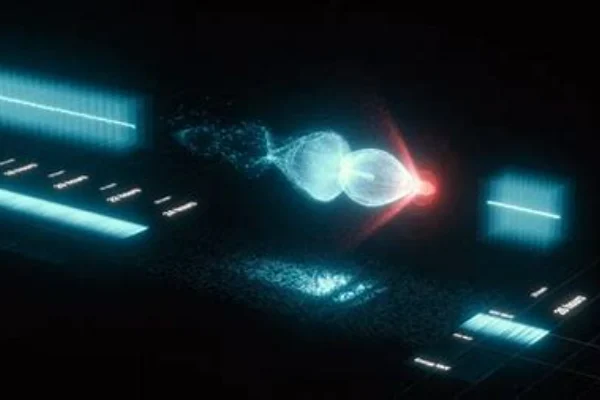
Applications in Laser Systems
The realm of laser systems has seen significant advancements over the years, and Nd:GGG crystals have played a pivotal role in this evolution. These crystals, with their unique optical properties, have found applications across various sectors, each harnessing their capabilities to achieve specific outcomes.
In the medical field, lasers have become indispensable tools. Nd:GGG crystals, with their stable optical properties, have become the backbone of many medical laser systems. Surgeons and medical professionals rely on the consistency and focus of the laser beams produced by these crystals.
Whether it’s for intricate eye surgeries, removing tumors, or sealing blood vessels, the precision offered by Nd:GGG crystals is unparalleled. Beyond surgeries, these crystals are also employed in therapeutic procedures, aiding in treatments that require targeted laser applications, such as in the case of kidney stone removal or skin resurfacing. The reliability and efficiency of Nd:GGG crystals ensure that medical professionals can carry out their tasks with confidence, knowing that the tools they use are of the highest caliber.
Shifting the lens to the industrial sector, the applications of Nd:GGG crystals are equally profound. Industries require tools that can withstand rigorous conditions and deliver optimal performance. Nd:GGG crystals, with their high thermal stability, fit the bill perfectly. They are extensively used in lasers that perform cutting, welding, and engraving tasks.
For instance, in the automobile industry, lasers equipped with Nd:GGG crystals are used to cut and weld car parts with precision. Similarly, in the jewelry industry, engraving intricate designs on metals requires the finesse that these crystals provide. Their ability to function optimally even under strenuous conditions means that industries can maintain high production rates without compromising on quality.
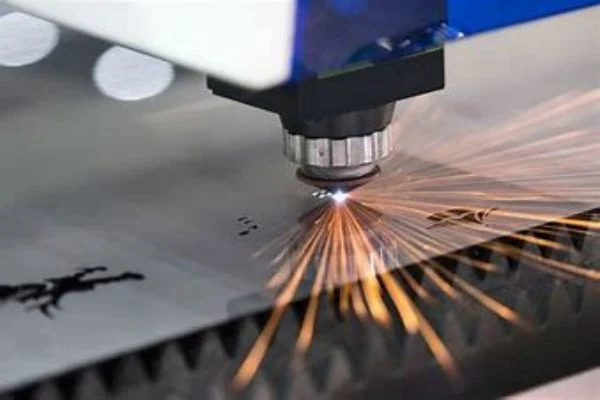
The world of research and development is always on the lookout for advanced tools and technologies. Nd:GGG crystals have found a special place in this domain. Research institutions around the globe utilize these crystals in state-of-the-art laser systems.
These systems aid in groundbreaking experiments, from spectroscopy, where researchers study the interaction between matter and electromagnetic radiation, to particle acceleration, pushing the boundaries of what we know about the universe. The consistent performance of Nd:GGG crystals ensures that researchers can focus on their experiments without worrying about equipment reliability.
Lastly, in the age of digital communication, the role of Nd:GGG crystals in telecommunication cannot be overstated. As the world becomes more connected, the demand for clear and uninterrupted signal transmission grows.
Nd:GGG crystals, with their consistent emission spectrum, are invaluable assets in telecommunication lasers. Whether it’s for transmitting data across continents or ensuring that a video call doesn’t drop, these crystals play a crucial role in keeping the world connected.
In conclusion, Nd:GGG crystals, with their myriad of applications across sectors, have proven to be one of the most versatile and reliable materials in the world of laser systems.
From medical surgeries to industrial manufacturing, from groundbreaking research to seamless communication, these crystals are at the heart of many technologies that shape our modern world. Their unique properties and consistent performance make them an irreplaceable asset, driving innovation and progress across domains.
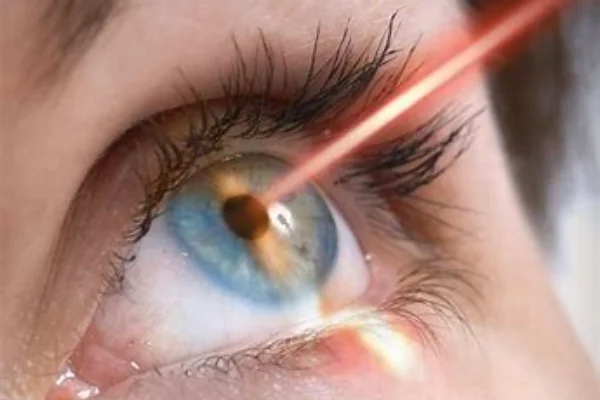
Conclusion
Nd:GGG crystals, with their unique properties and wide range of applications, have solidified their position in the world of optical materials. Their crystal structure, dopant concentration, and key optical characteristics make them a preferred choice for various laser systems. As technology advances, we can only anticipate an even broader array of applications harnessing the potential of these remarkable crystals.
FAQs
- What is the significance of the dopant concentration in Nd:GGG crystals?
- The dopant concentration determines the crystal’s optical properties. A higher concentration of Nd^3+ ions can enhance its absorption and emission characteristics.
- Why is the absorption spectrum of Nd:GGG crystals important?
- The strong absorption spectrum in the near-infrared region makes Nd:GGG crystals suitable for diode-pumped solid-state lasers.
- How does the refractive index of Nd:GGG benefit laser applications?
- A higher refractive index ensures minimal light scattering, leading to a more focused and intense laser beam.
- Are Nd:GGG crystals used in everyday laser applications?
- Yes, they are used in various applications, including medical surgeries, industrial processes, and telecommunication systems.
- What makes Nd:GGG crystals stand out from other laser materials?
- Their unique crystal structure, combined with the properties of neodymium ions, offers a combination of stability, efficiency, and versatility in laser applications.



